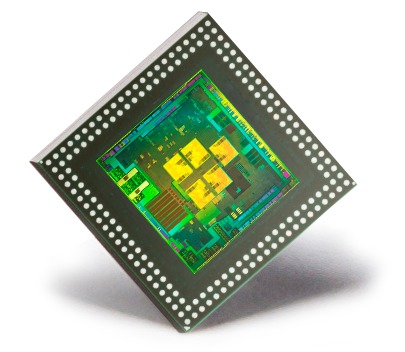
While the mobile technology world is obsessing over 64-bit and, more recently, 128-bit mobile processors, the other half of the performance pie might soon be getting a boost as well. That is, if this alliance of Japanese and US companies are successful in pushing for a newer kind of RAM technology called MRAM.
While sometimes taking a back seat to the CPU, memory, particularly RAM, is essential in keeping a computer system flowing smoothly. It is basically the space where running programs and pieces of data are temporarily stored in order to speed up execution or access to frequently used pieces of data. This is because read and write operations on RAM chips are faster than on disk storage, even fast ones like SSDs. The more RAM there is, the more breathing space the system has for programs and files. But size isn’t the only thing that matters, as the materials and technology used can greatly affect performance as well.
The current type of RAM in wide use today is called DRAM, or Dynamic RAM. DRAM makes use of electrical charges in capacitors to store data. In contrast, the relatively new technology called Magentoresistive RAM or MRAM uses, as the name might imply, magnetic storage components. This has three significant implications. The first is that these magnetic components are smaller than capacitors used in DRAM, meaning that more storage components can be crammed into a single chip, translating to more capacity for the same size. Power consumption is also improved, which will definitely be a major selling point for mobile device manufacturers. Capacitors leak electricity overtime and so DRAM cells must be refreshed 20 times a second in order to maintain data integrity. MRAM, on the other hand, never needs a refresh. And lastly, performance is also increased as MRAM is not limited by charging and discharging rates that is characteristic of DRAM.
Of course, this all sounds good on paper, but the true litmus test will be when it gets applied to wide and real-world usage. That is why more than 20 companies from the two countries, including industry giants such as Hitachi and Micron Technology, will be sending researchers to Japan’s Tohoku University to work on developing mass-production techniques for MRAM chips. The chips aren’t expected to go into actual mass production until 2018, which should give its proponents to find more support from other major players in the industry.
VIA: CNET










No, mobile technology is not obsessing with 128bit. It’s just Android Community ignorance and lack of understanding of technical details that pretends that such obsession exists. Once again, 128bit is not anywhere close to reality. After two of some grossly misunderstanding articles, I can only move to more insightful sites, where writers know what they actually talk about.
can you suggest some?
This technique has been used previously, as toroidal cores forming the memory cell.
Each is accessed by strobing the core’s specific wire, reading the data stored on the core.
The actual process may be new, but the idea is already old, it’s just changing how the core is read and written to that changed, and possibly the design of the magnetic material aswell, to keep pace with current technologies and materials.
there are so many technologies that are very old yet they are better than what we have today.
the reason is slow adaptation and there is also money involved, as companies don’t want to use a new tech before they’ve finished “milking” the current tech. that’s also why we still use oil for cars.
in any case, if the new MRAM comes to life, this could be finally the end of storage problems and their bottleneck, right? i sure hope so.